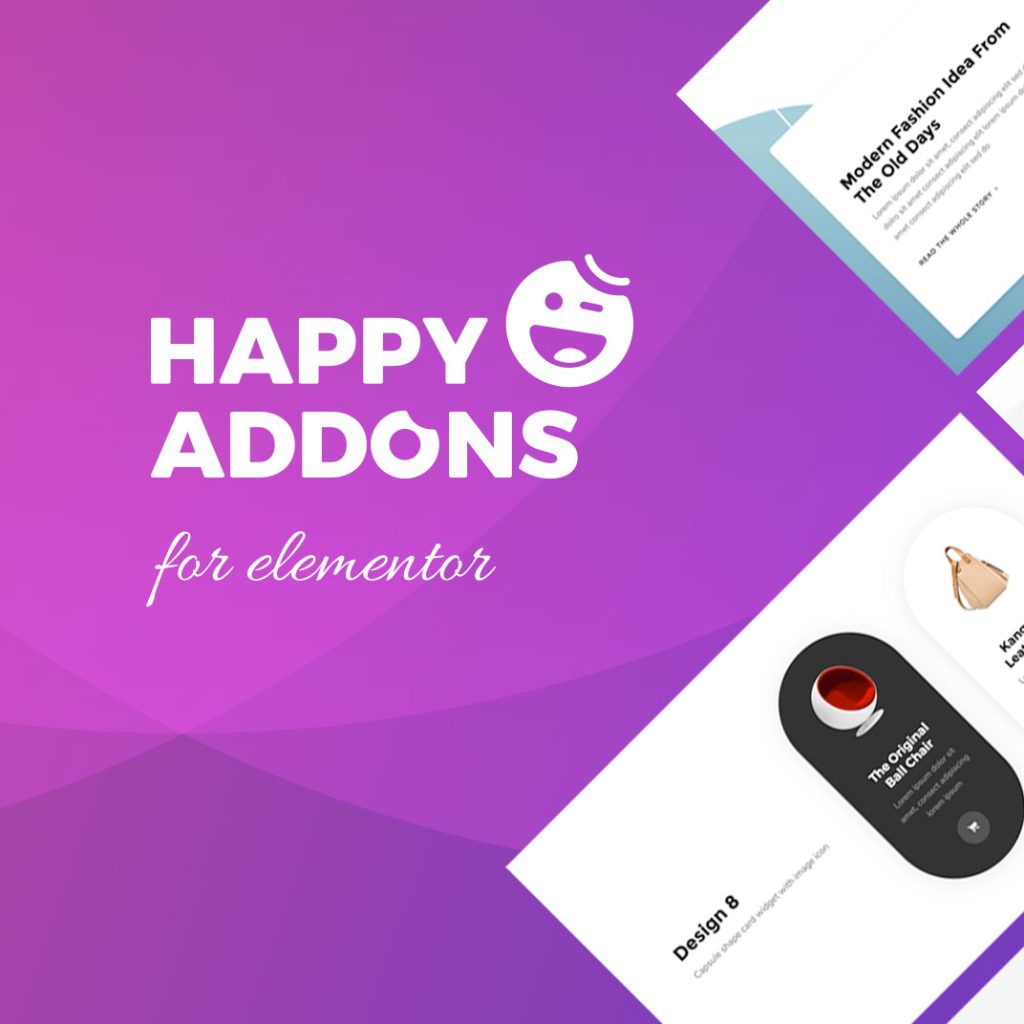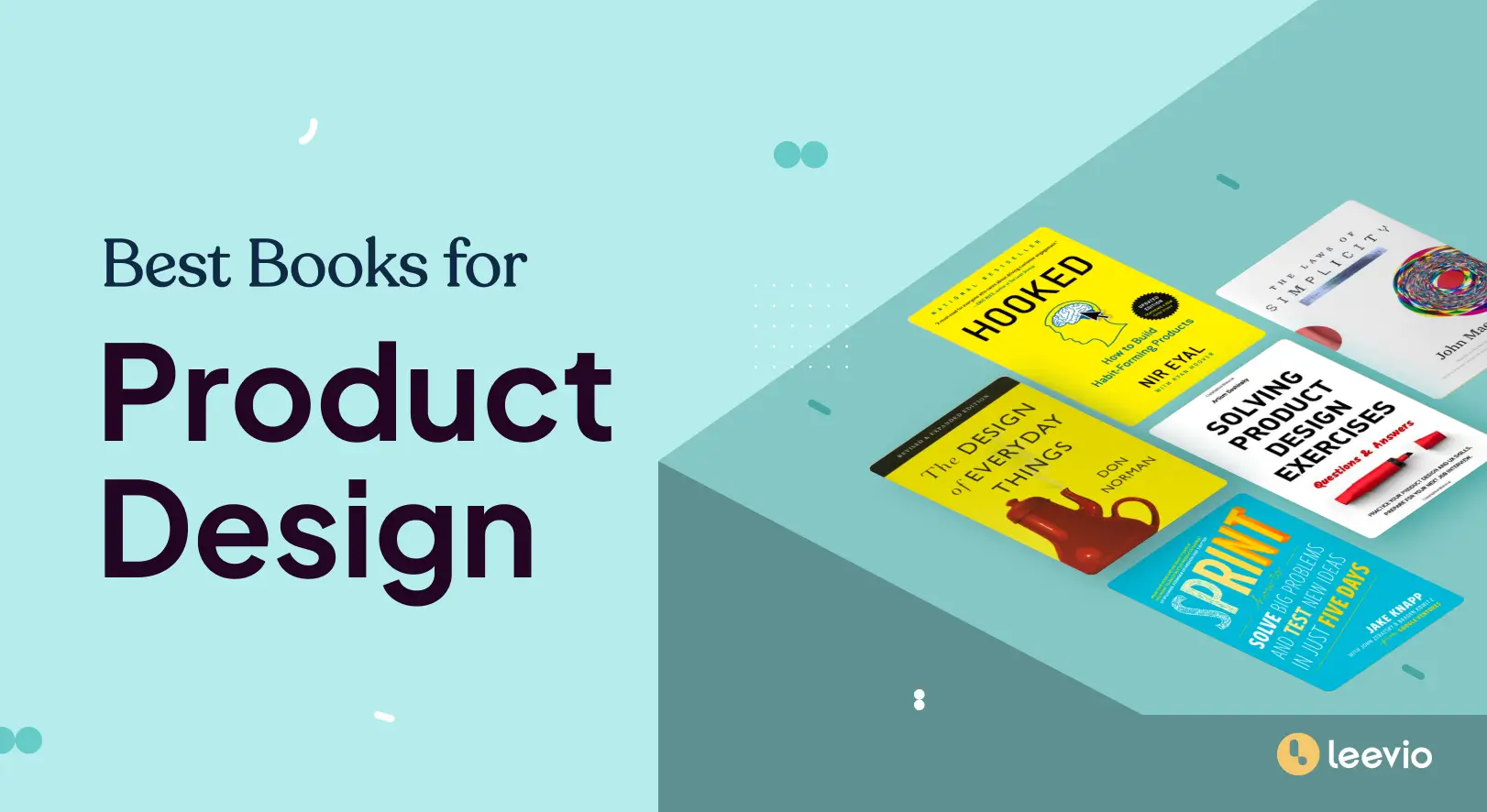Product design is a fascinating field that combines innovation, problem-solving, and creativity to create products that ease our lives. A product designer is a skilled professional who considers various elements like human behavior, market trends, and technological advancements to design products that meet user demands.
Product designing is a dynamic field. Things related to the field constantly change over time about which product designers should be regularly updated. An effective way to have a clear idea about these things is to read books on product design. Plus, you’ll get familiar with different design philosophies and approaches.
In this article, we’ll cover a list of 19+ best books for product design. You’ll find them a valuable resource for acquiring new knowledge, skills, and inspiration. So, let’s begin without further delay.
Best Books for Product Design That You Must Look Into
You’ll find hundreds of product design-related books once you search for them online. It’s not possible for us to cover all of them in this post. We’ll discuss the ones that we have found effective after reading and have positive reviews.
1. Laws of UX: Using Psychology to Design Better Products & Services
Author: Jon Yablonski
Rating: 4.6
Number of ratings: 770+
Summary of the book:
This comprehensive guide explores the connection between psychology and user experience (UX) in design. It begins by introducing the fundamental concepts of UX design and the importance of human behavior in the design process.
It provides practical insights, real-world examples, and case studies. The book also includes ethical considerations, encouraging designers to use their knowledge responsibly. It illustrates various laws and concepts like Hick’s Law, Fitts’s Law, Jakob’s Law, Von Restorff Effect, Zeigarnik Effect, and more.
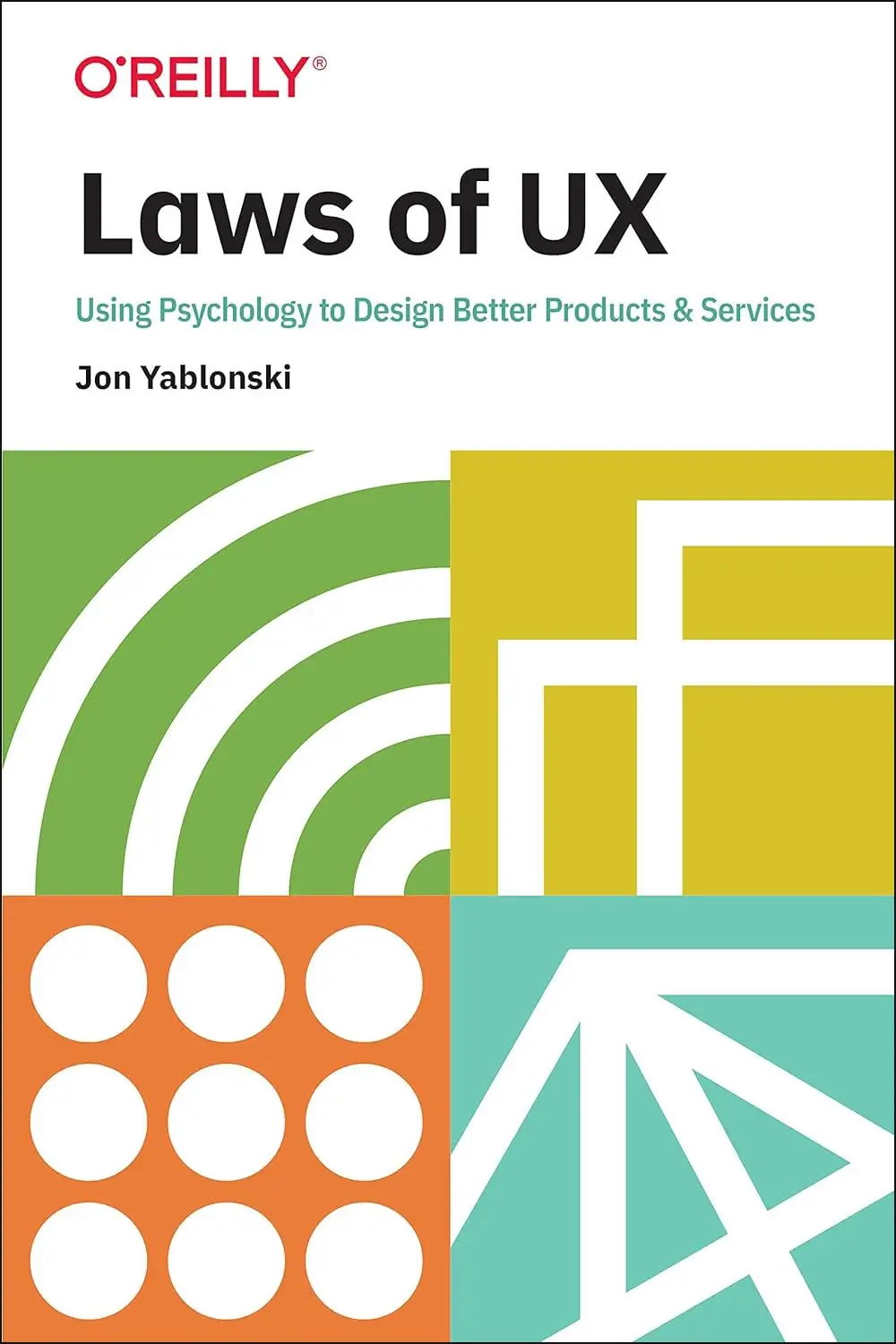
Things you’ll learn from the book:
- Principles of psychology useful for designers
- Ethical implications of psychology in product design
- Numerous practical laws and concepts for designs
- A framework for applying these laws and principles
- How to present designs aesthetically and beautifully
Review from a reader:

2. The Design Of Everyday Things
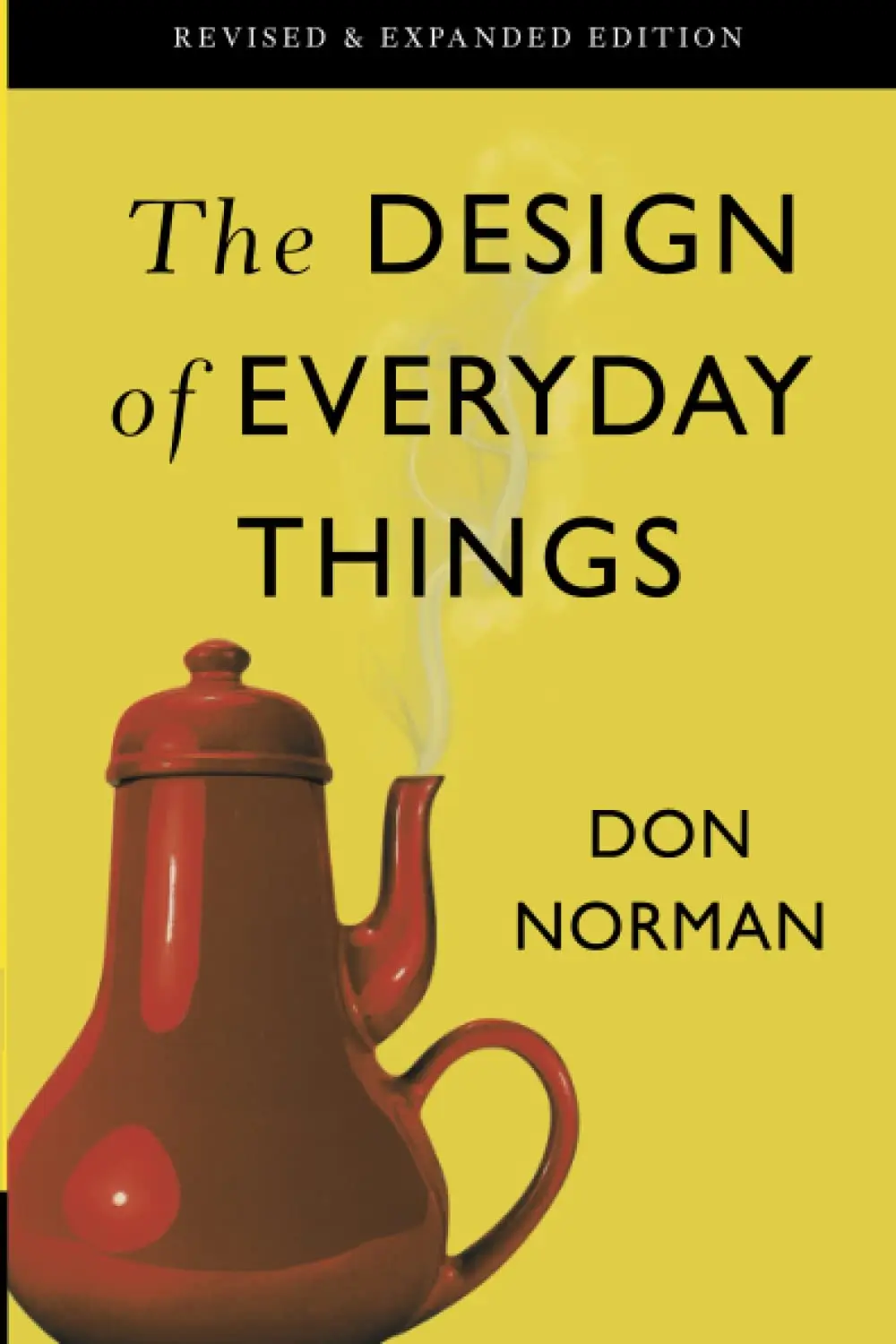
Author: Don Norman
Rating: 4.6
Number of ratings: 7370+
Summary of the book:
Don Norman is a cognitive scientist and usability engineer. He explores the principles and concepts that work behind good designs. Throughout the book, he presents lots of examples of both good and bad designs. He exemplifies how to use and focus on the properties of an object to articulate wonderful designs around it.
Norman says feedback is an important component of any beautiful design. He explains how to use subtle cues with visual and auditory feedback to improve user experience while minimizing the possibilities of errors. You’ll learn how to balance between design and technology.
Things you’ll learn from the book:
- How users’ mental models work on design
- Emphasize usability on how to use an object
- Challenges in technology integration in design
- How to overcome these challenges
- How to minimize error happening
Review from a reader:
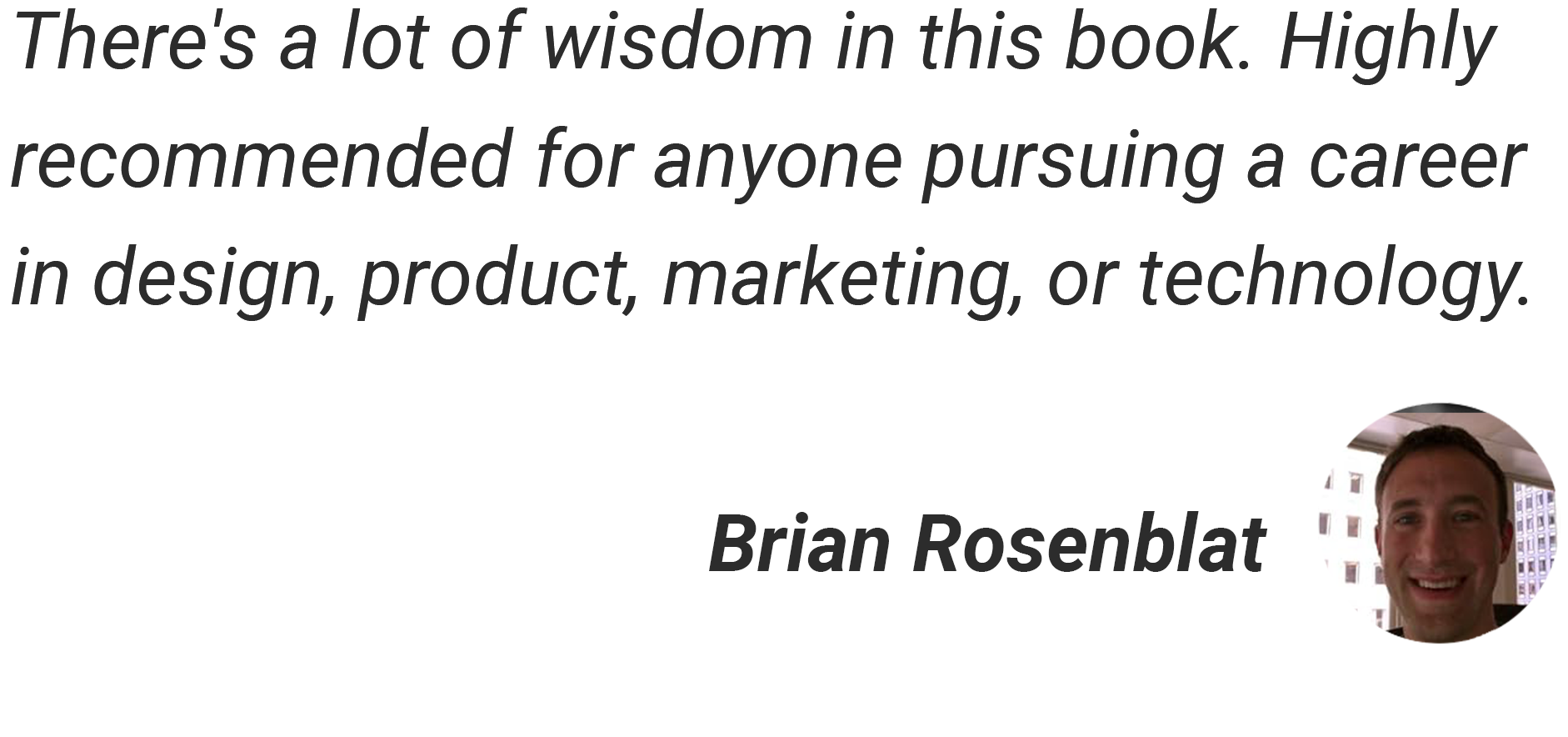
3. Designing Products People Love: How Great Designers Create Successful Products
Author: Scott Hurff
Rating: 4.2
Number of ratings: 120+
Summary of the book:
This book will walk you through the world of product design and help you explore the techniques and strategies followed by great designers to create exciting products that resonate with consumers. Successful products aren’t just functionally and aesthetically good but create emotional attachment.
The author shares valuable insights and real-life examples to illustrate the principles and concepts discussed in this book. It’s written mainly for designers. But people like product managers and project managers who want to communicate better with designers will benefit from reading this masterpiece.
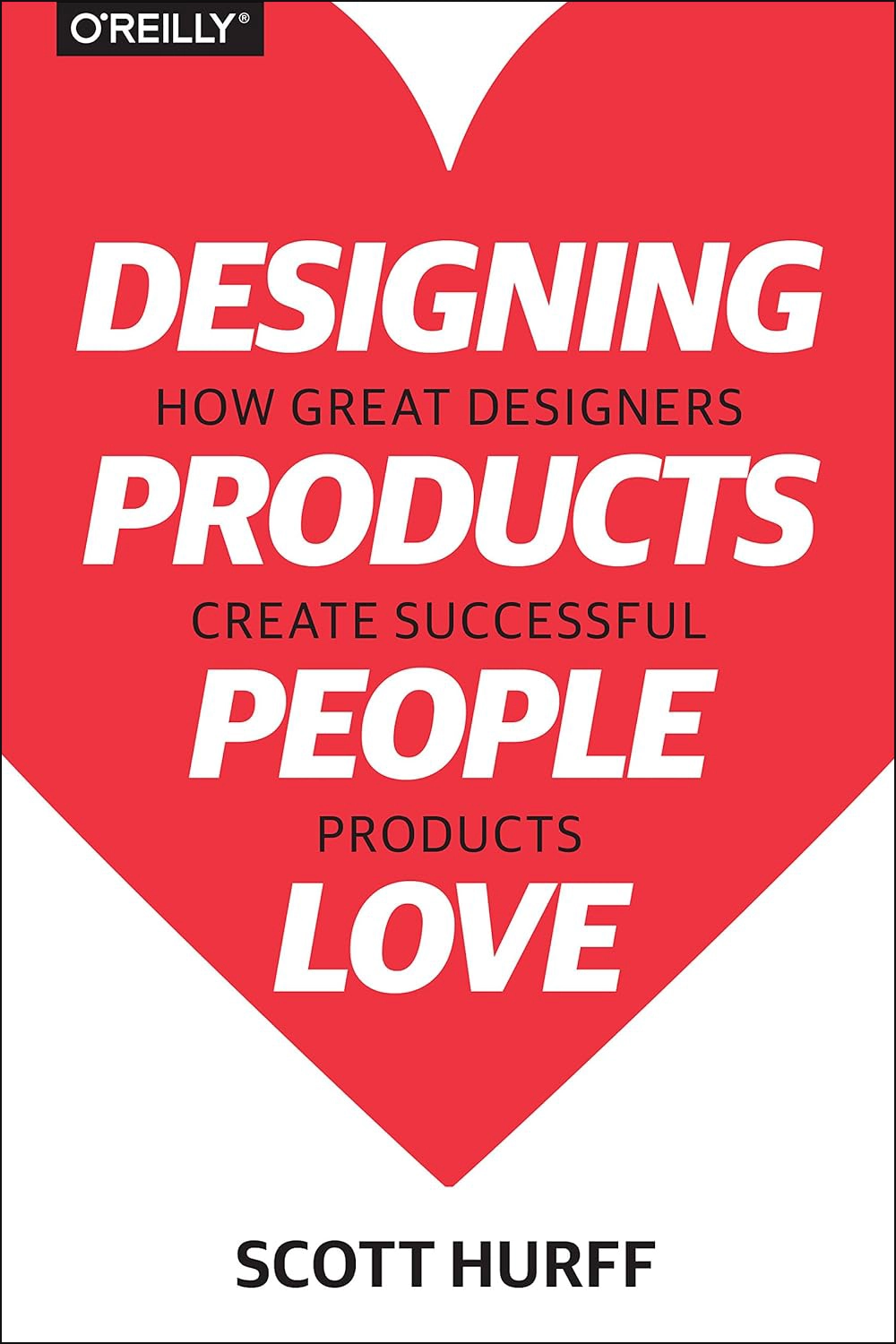
Things you’ll learn from the book:
- Understand who your real customers are
- Learn design principles and frameworks
- How to create successful prototypes
- How to create emotionally engaging experiences
- Design effective interfaces across different forms
Review from a reader:
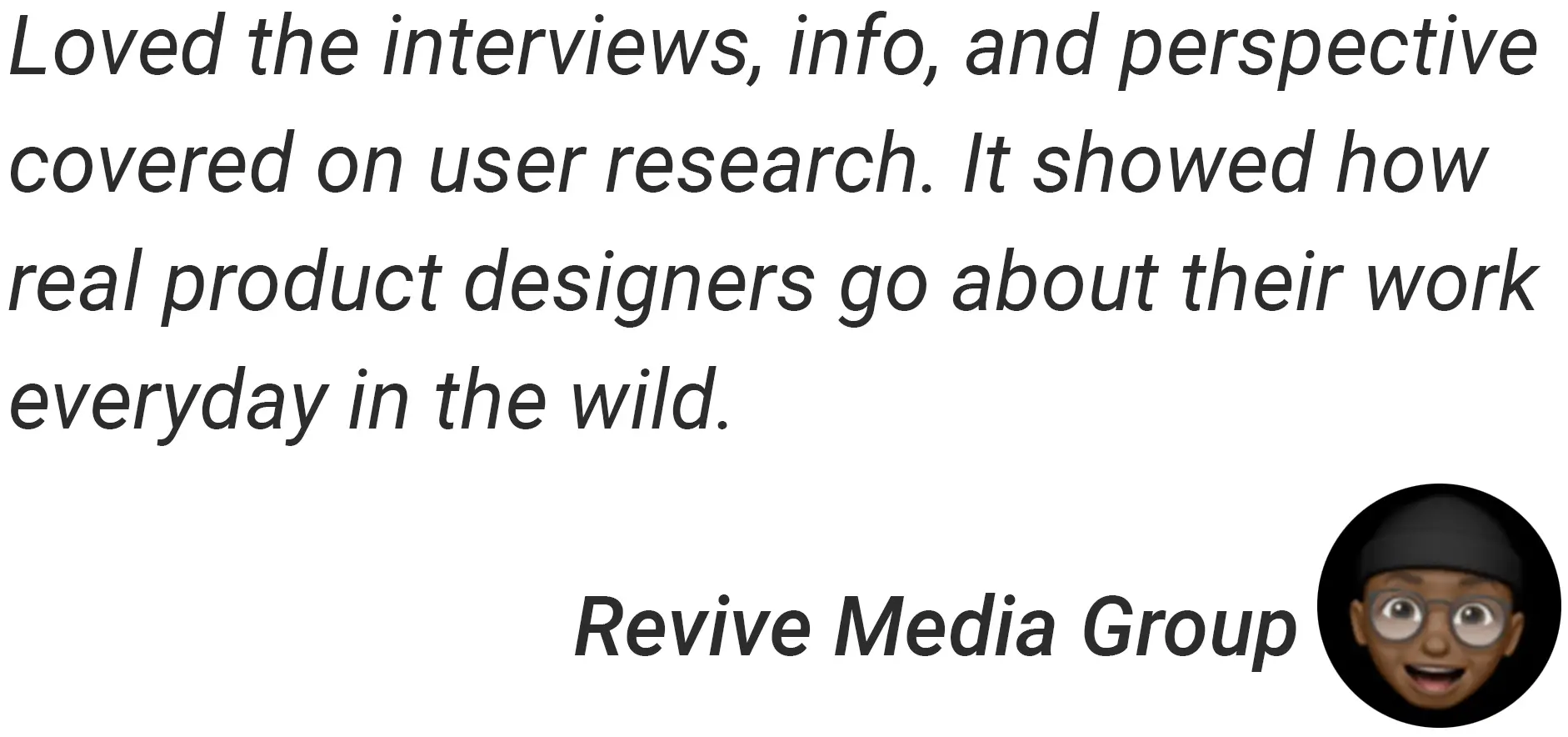
4. Project Guide to UX Design, A: For user experience designers in the field or in the making (Voices That Matter)
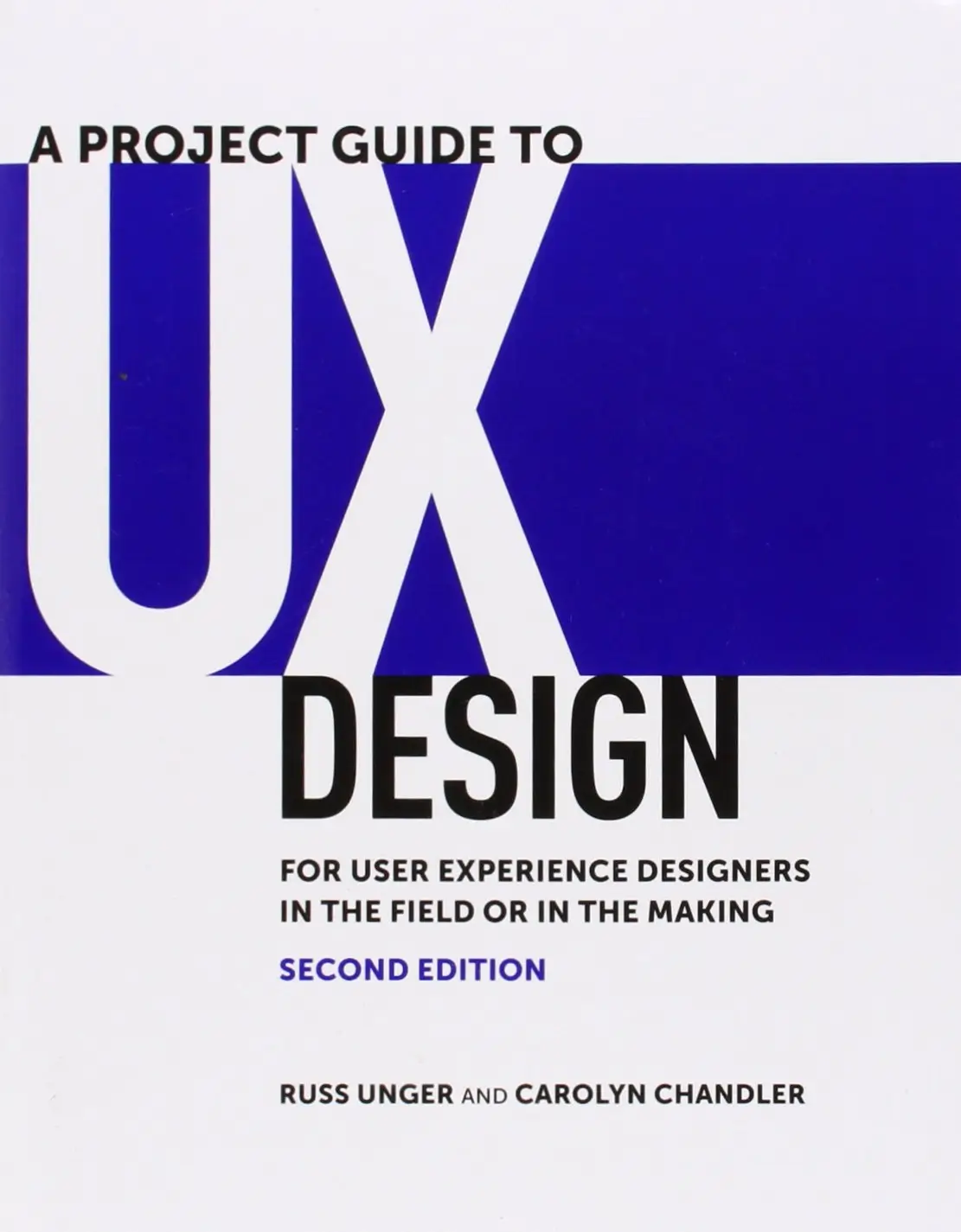
Author: Russ Unger and Carolyn Chandler
Rating: 4.3
Number of ratings: 235+
Summary of the book:
This is a comprehensive guide that aims to provide valuable insights and practical advice to both advanced UX designers and those who are just starting out in the field. It serves as a roadmap for designers, offering step-by-step guidance on how to approach various aspects of the UX design process.
Unger and Chandler emphasize the significance of user-centred design, providing practical tips to incorporate user feedback into the design process. You’ll also learn how to effectively work with stakeholders, developers, and other members to ensure a successful design process.
Things you’ll learn from the book:
- Familiarize yourself with various design process
- Identify stakeholders playing crucial roles here
- Understand approaches: Waterfall, Agile, and Lean
- Run user research both in-person and remotely
- Plan for development, product rollout and Q/A
Review from a reader:

5. Emotional Design: Why We Love (or Hate) Everyday Things
Author: Don A. Norman
Rating: 4.5
Number of ratings: 810+
Summary of the book:
Written by cognitive scientist Don Norman, the book delves into the connection between human psychology and the design of new technologies and products. It argues that design experts have often underestimated the role of emotion in the user experience.
Norman discusses the three levels of the cognitive and emotional system for humans: visceral, behavioral, and reflective. These levels analyze and generate physical responses to various stimuli, such as temperature, shapes, lighting, textures, and smells. Readers find this book enjoyable, especially the first five chapters.
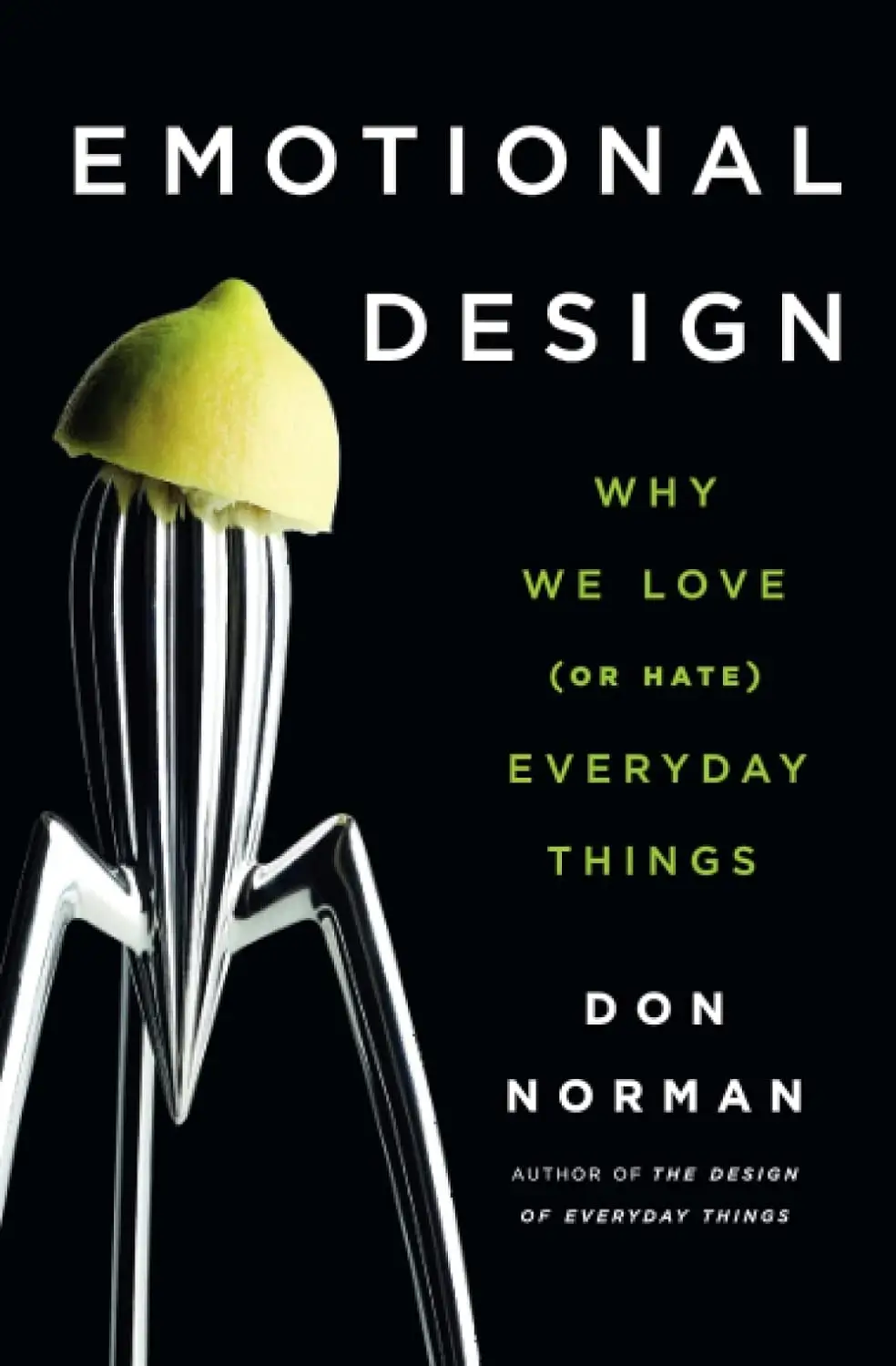
Things you’ll learn from the book:
- How emotions influence our perception of products
- Aesthetics, shapes, and textures on emotional response
- Role of emotions in the buying of luxury items
- The link between emotional design and user behavior
- Emotional aspects of product design
Review from a reader:
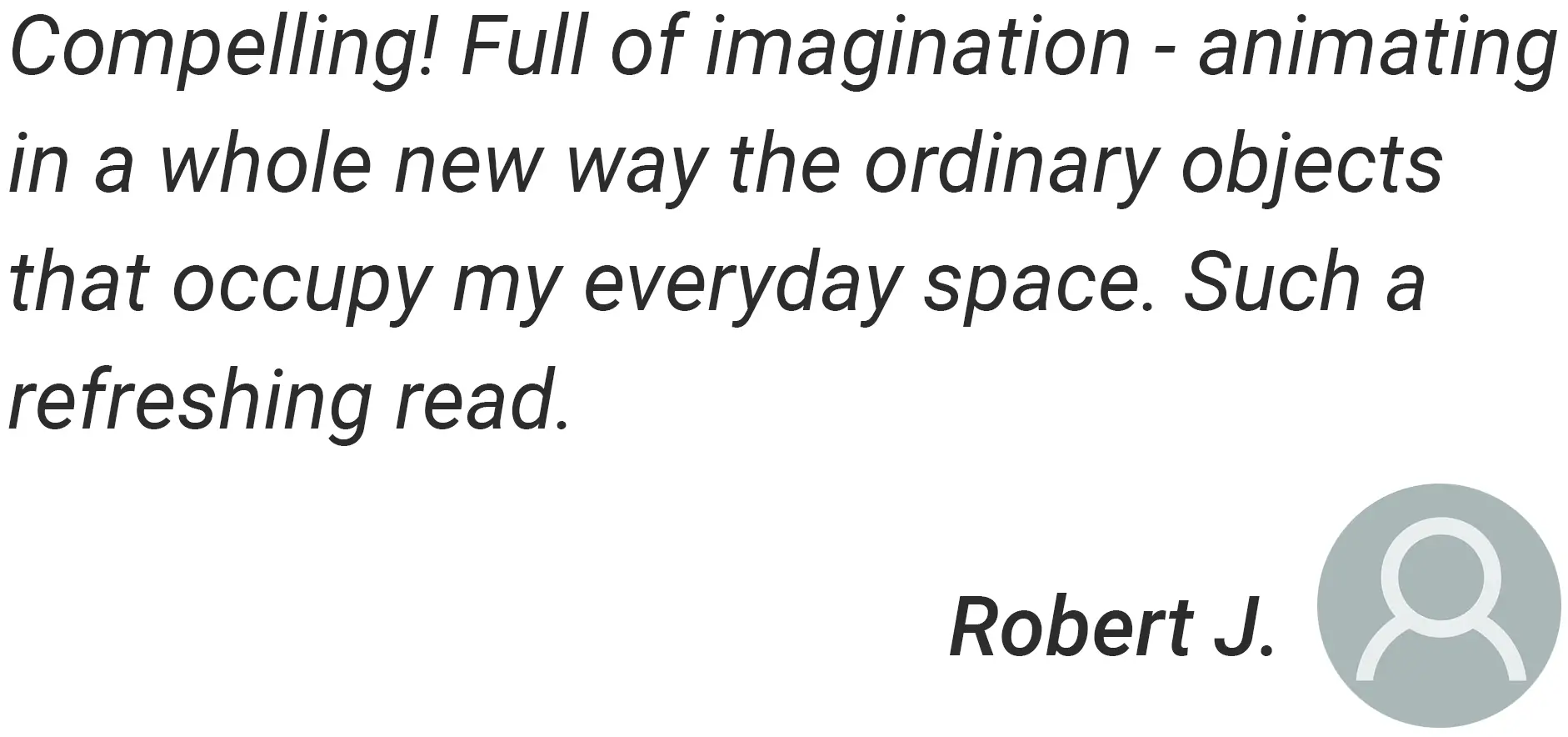
6. Design Is Storytelling
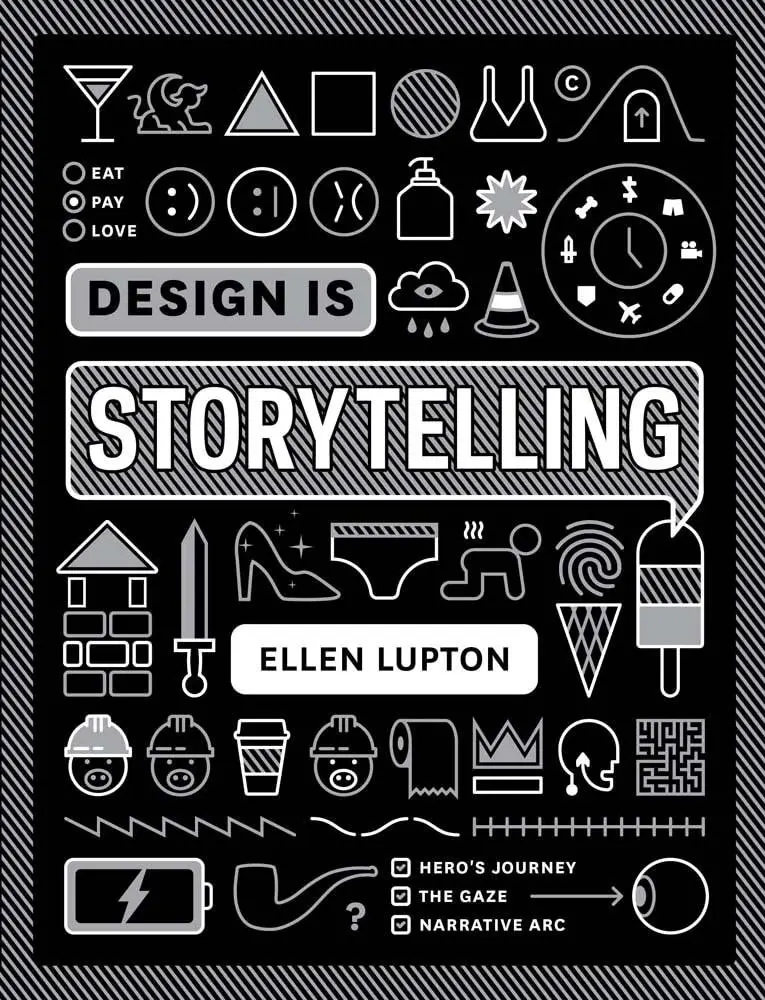
Author: Ellen Lupton
Rating: 4.6
Number of ratings: 1,335+
Summary of the book:
Lupton delves into the fascinating intersection between design and storytelling, highlighting how these two are intrinsically connected. They can be harnessed to create impactful and meaningful experiences. Lupton argues that design is not merely about aesthetics or functionality,
Lupton dives into various aspects of design, such as typography, layout, and color, and demonstrates how these elements can be used to convey narratives and evoke emotions. It also discusses the ethical implications of design so you can stay away from unlawful practices.
Things you’ll learn from the book:
- Fundamental elements of storytelling in design
- How typography, layout, and color used in storytelling
- Examine the ethical implications of design
- Case studies and examples of successful designs
- Insights into the importance of empathy in design
Review from a reader:
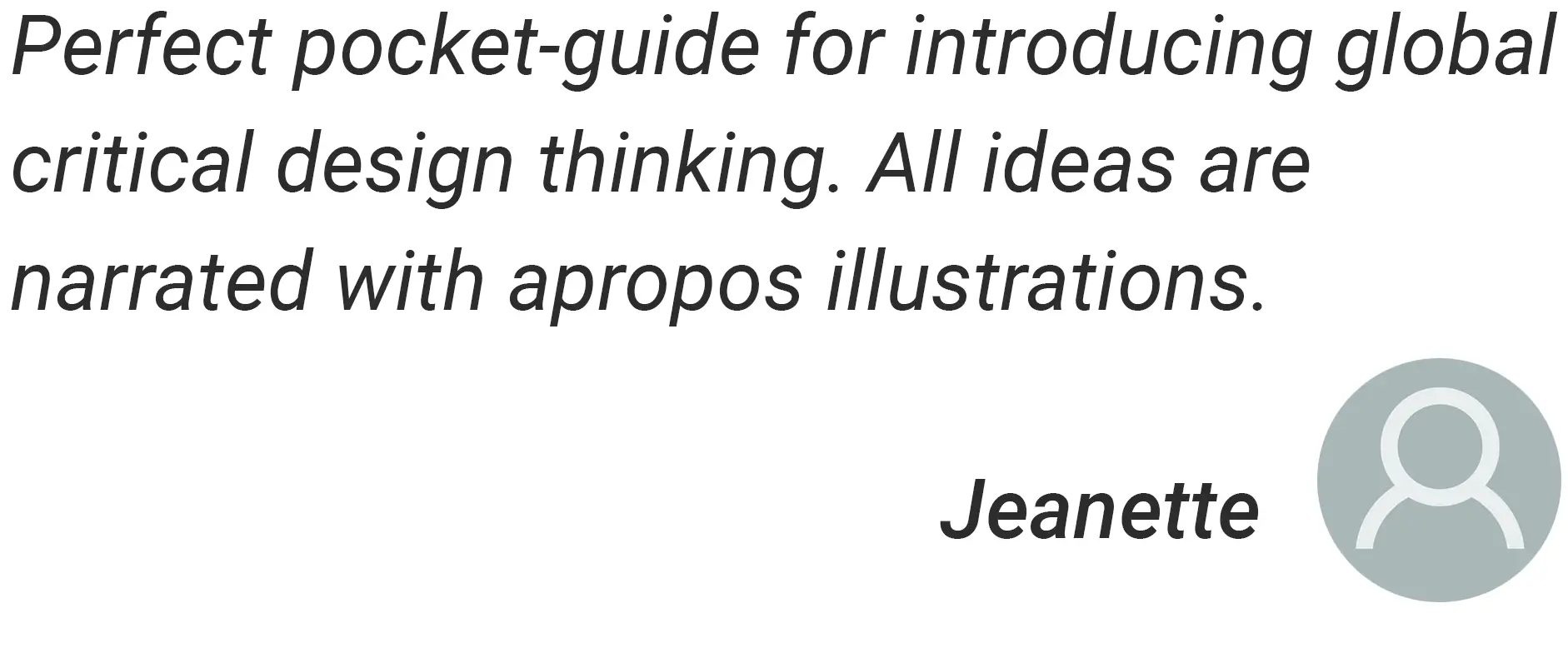
7. The Elements of User Experience: User-Centered Design for the Web
Author: Jesse James Garrett
Rating: 4.3
Number of ratings: 80+
Summary of the book:
This book provides a detailed and practical guide to design user-centered websites and digital products. The author begins by introducing the five planes of user experience: strategy, scope, structure, skeleton, and surface. The strategy involves understanding the business goals, user needs, and project constraints.
The scope defines the functionality and content of the product. The structure explores the information architecture. The skeleton focuses on the visual and interactive aspects of the design. The surface plane deals with aesthetics and visual design.

Things you’ll learn from the book:
- Creating wireframes, layouts, and prototypes
- Incorporating aesthetics into the user interface
- Emerging trends in user experience strategy
- User needs, business goals, and project blockades
- Align different planes for cohesive user experiences
Review from a reader:
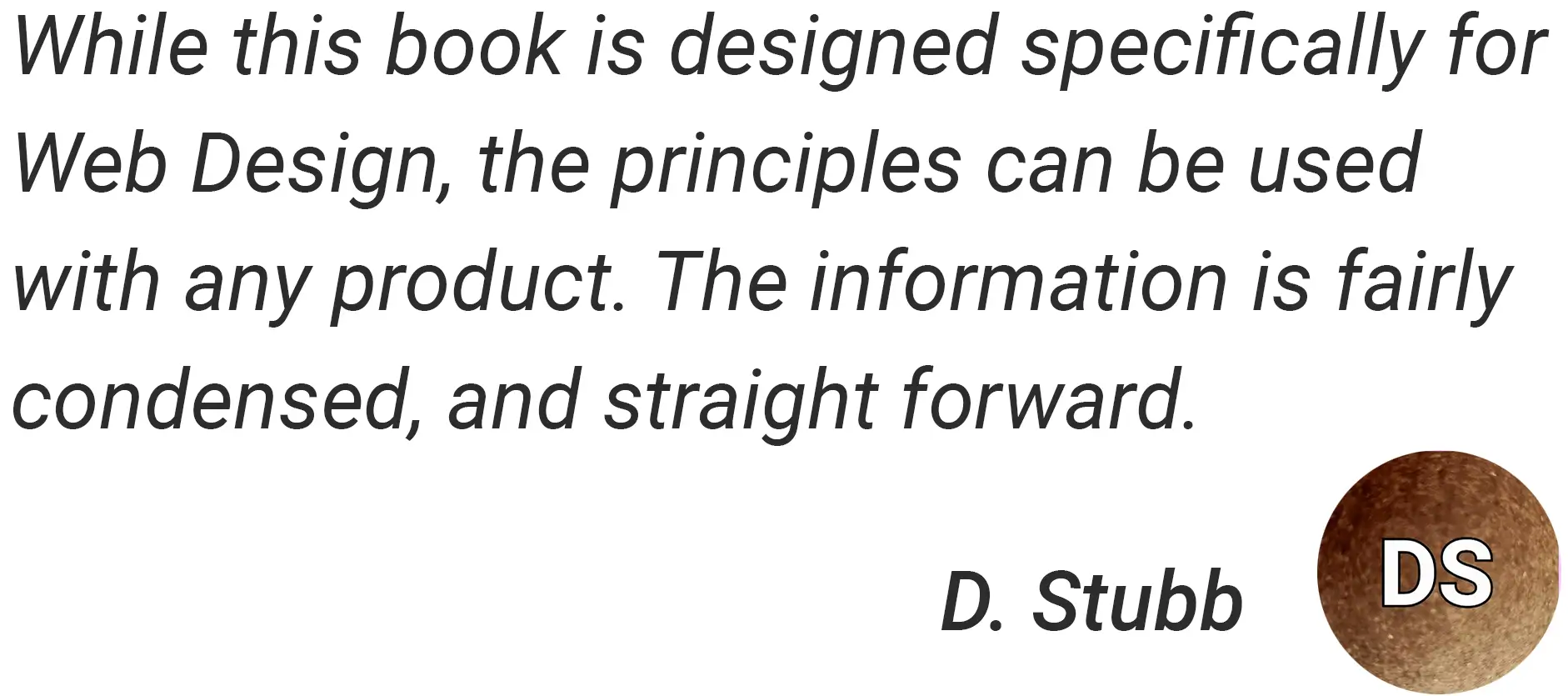
8. Don’t Make Me Think, Revisited: A Common Sense Approach to Web Usability
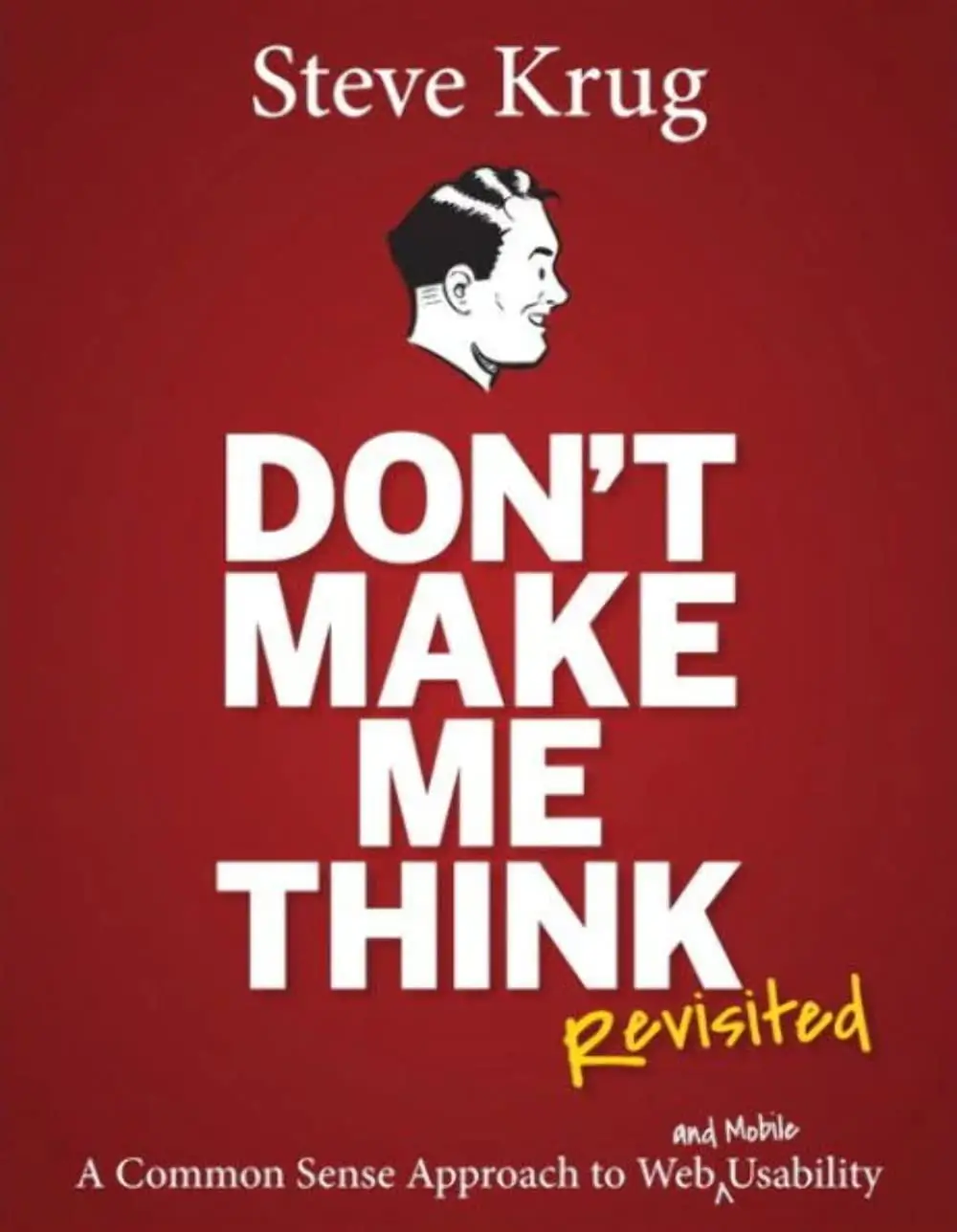
Author: Steve Krug
Rating: 4.6
Number of ratings: 4,370+
Summary of the book:
The book emphasizes the importance of designing intuitive and easy-to-navigate websites to minimize the cognitive effort required from users. The concept of ‘don’t make me think’ suggests that users should be able to understand and interact with a website without thinking too much. The design should be simple and clear.
One of the key lessons of the book is the significance of web usability testing. Krug argues that getting feedback from real users is crucial in identifying usability issues and improving the overall user experience. He provides practical advice on how to conduct usability tests.
Things you’ll learn from the book:
- How to conduct usability testing in web design
- Techniques for scanning and information retrieval
- Reduce cognitive overload by removing extra choices
- Real-world examples and case studies
- Tips for designing effective navigation
Review from a reader:

9. Solving Product Design Exercises: Questions & Answers
Author: Artiom Dashinsky
Rating: 4.4
Number of ratings: 340+
Summary of the book:
In the first part, the author provides an overview of the product design interview process, including common interview formats, key concepts, and important skills to master. The second section covers design exercises that people often face during interviews. He presents a wide range of exercises, ranging from simple to complex.
The third and final part of the book focuses on the interview preparation process. Dashinsky offers practical advice on how to approach different types of design interviews and provides tips for presenting one’s portfolio effectively.
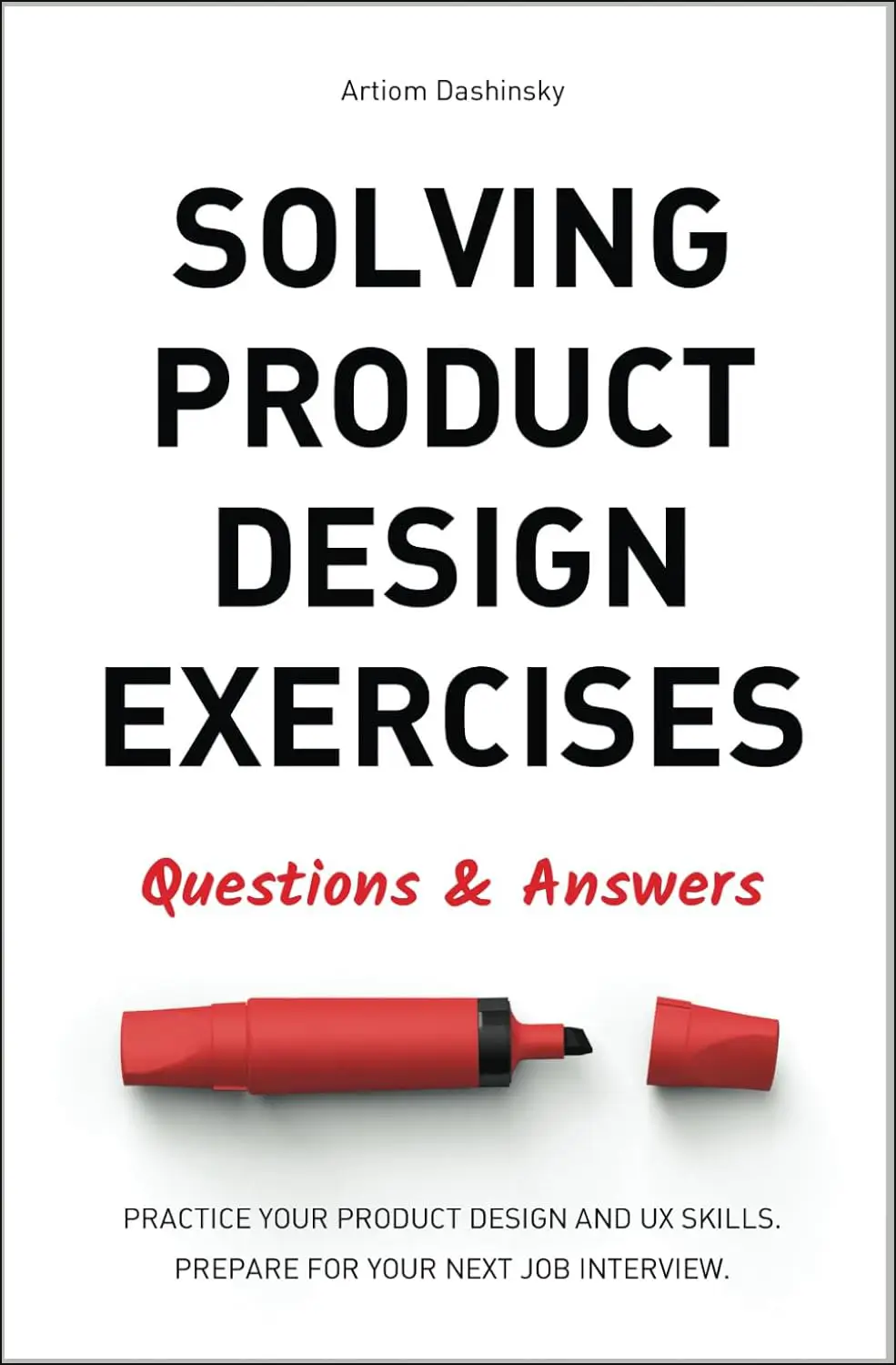
Things you’ll learn from the book:
- Guidance on effective communication with interviewers
- How to prepare different types of interviews
- Conduct user research, prototyping, and test usability
- Product design interview process and formats
- Insights and advice from an experienced designer
Review from a reader:
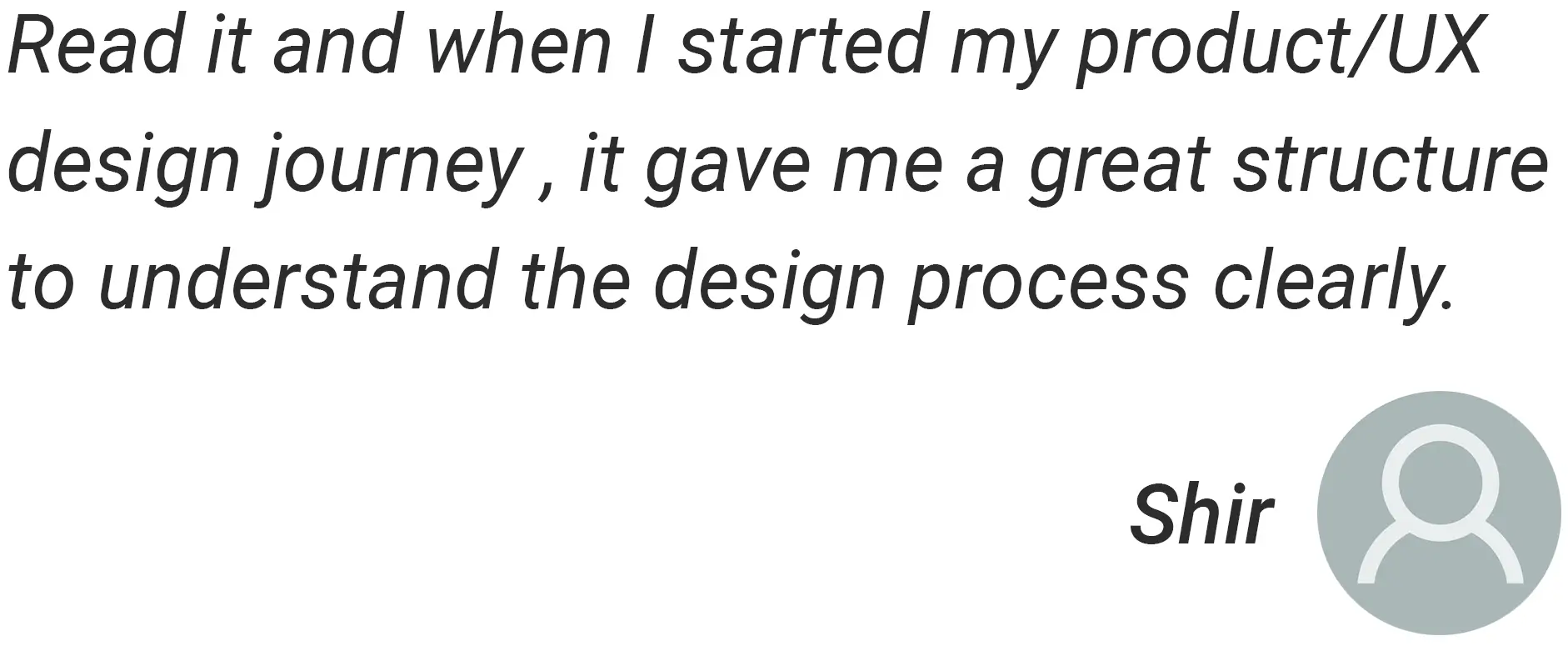
10. The Path to Senior Product Designer: An Actionable Growth Plan for a UX Design Career
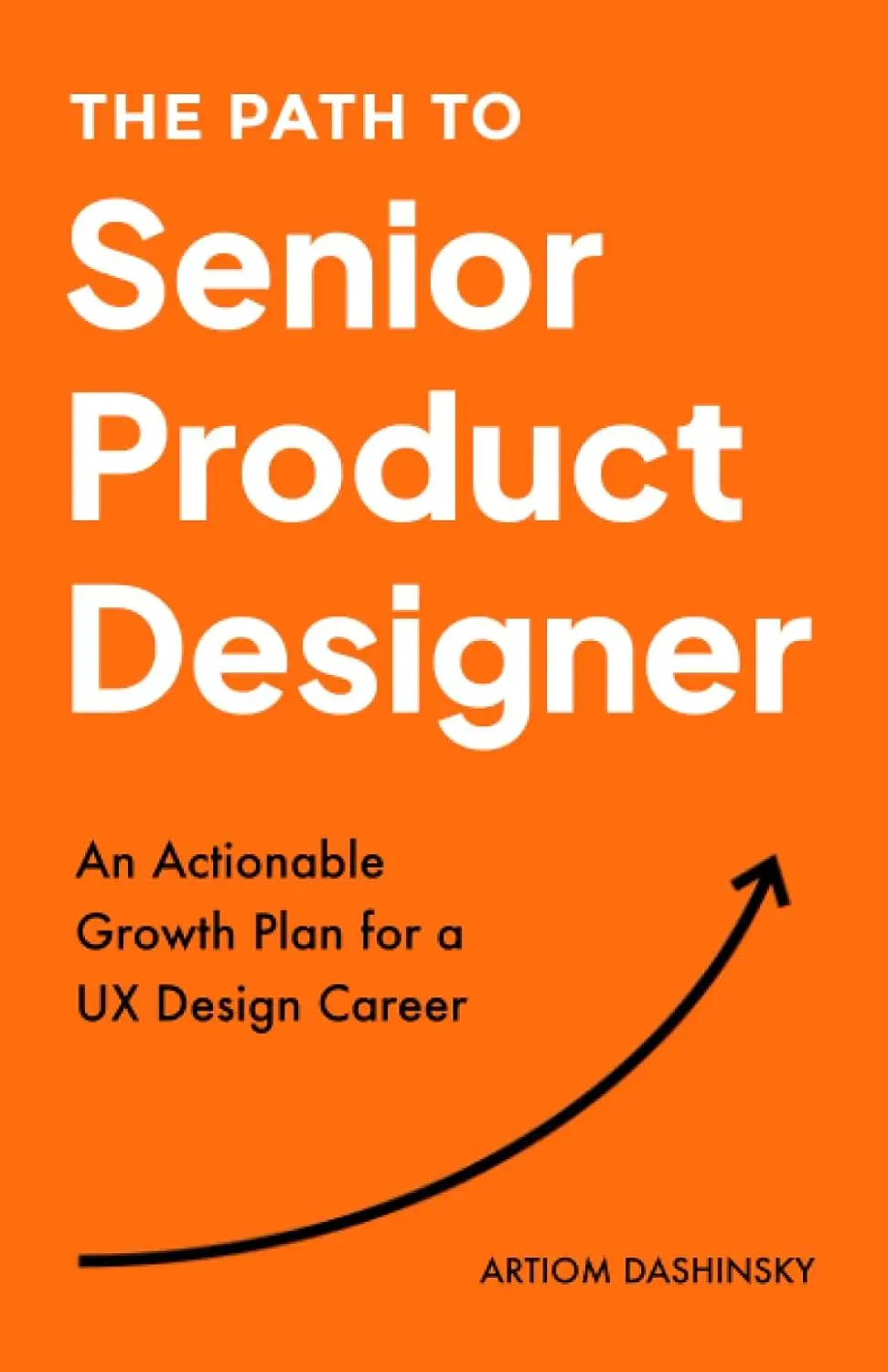
Author: Artiom Dashinsky
Rating: 4.7
Number of ratings: 30+
Summary of the book:
In this book, author Dashinsky has provided a practical guide for UX designers looking to advance their careers. It focuses on both hard and soft skills necessary for growth in the field of product design. It begins by addressing many common questions designers often have, like assessing their skill levels, identifying competencies, etc.
The author offers a step-by-step guide to design career growth, starting with setting career goals and exploring different design career paths. The book provides exercises to help readers choose the right career path. It covers frameworks and tricks to improve various skills.
Things you’ll learn from the book:
- Evaluating self-skill levels and competencies to work
- Skills required at each level of design career growth
- Techniques for presenting designs effectively
- Managing stakeholders and improving team processes
- Insights from over 50 industry-backed companies
Review from a reader:
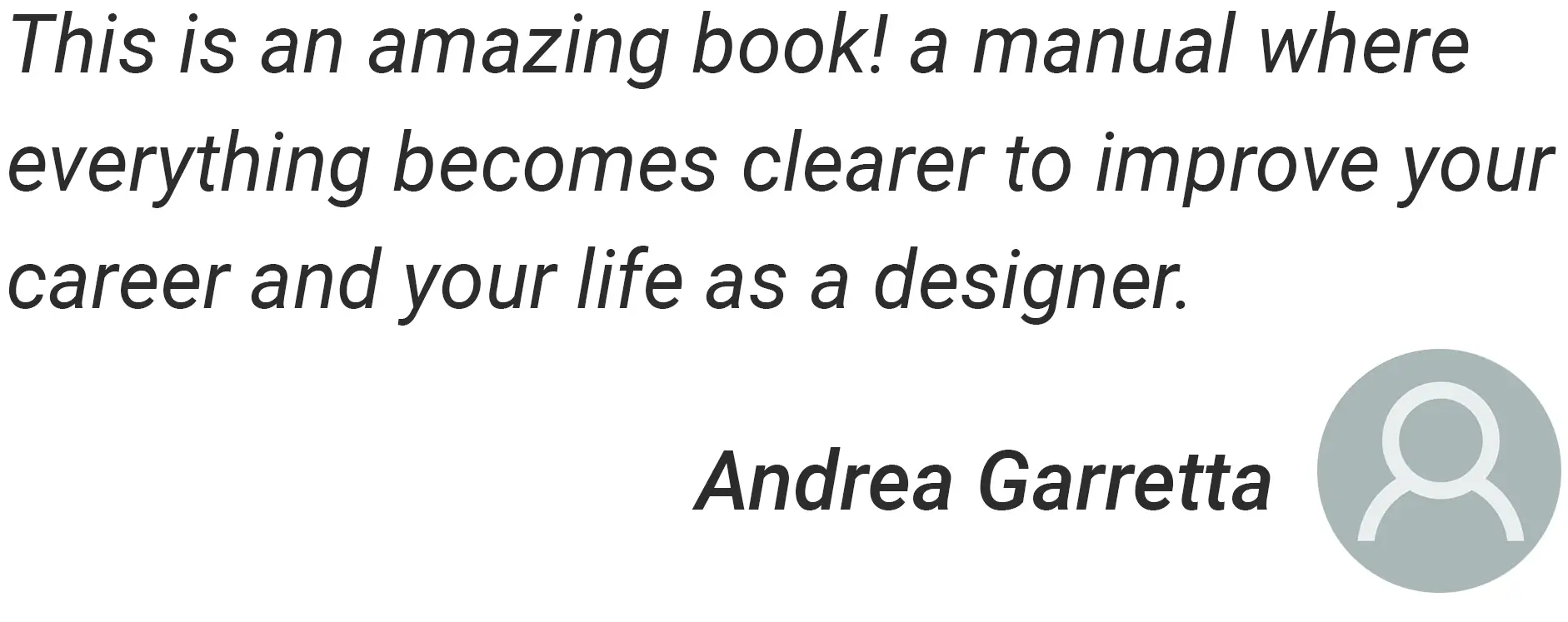
11. The AI Product Manager’s Handbook: Develop a product that takes advantage of machine learning to solve AI problems
Author: Irene Bratsis
Rating: 4.2
Number of ratings: 35+
Summary of the book:
This is a practical guide written by Irene Bratsis for product managers working with artificial intelligence. The book covers various aspects of AI product management, providing strategies, techniques, and tools to drive product development and growth in the AI industry.
It helps readers understand the significance of AI in the digital transformation across industries and provides insights into the infrastructure and tools required for building AI products.

Things you’ll learn from the book:
- Basic knowledge of AI in the Industrial Revolution
- Tips and common pitfalls in AI product development
- Effective data management for AI products
- Strategies for successful AI product development
- How to deliver AI product values to Customers
Review from a reader:
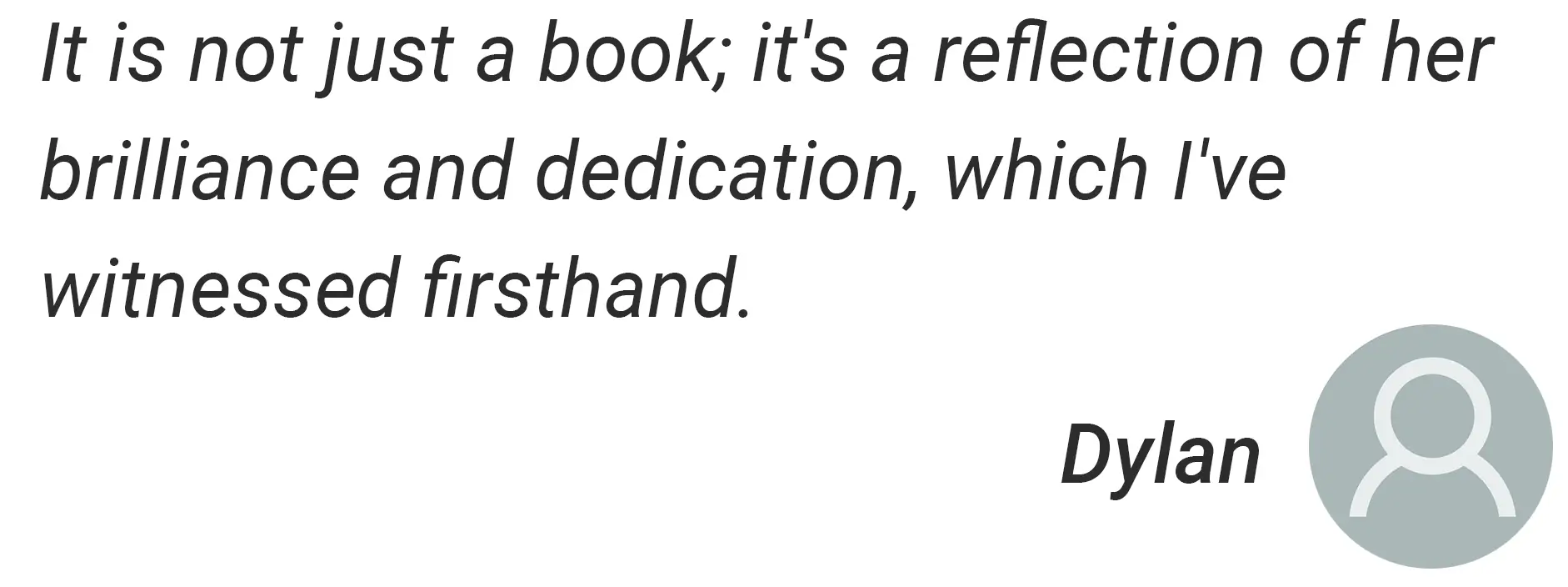
12. UX Strategy: How to Devise Innovative Digital Products That People Want

Author: Jaime Levy
Rating: 4.5
Number of ratings: 625+
Summary of the book:
Authored by Jaime Levy, a renowned UX strategist and designer, the book offers a comprehensive guide for professionals and enthusiasts alike. The book begins by introducing the concept of UX strategy and emphasizing its importance in today’s digital landscape.
Levy highlights the need for businesses to prioritize user-centered design and develop products that fulfil users’ needs and desires. She emphasizes that a successful UX strategy goes beyond just creating visually appealing interfaces; it involves understanding users’ behaviors, motivations, and goals.
Things you’ll learn from the book:
- Frameworks and methodologies for user research
- How to define personas and map user journeys
- The iterative nature of UX strategy
- The role of data analytics in informed design decisions
- Measuring the return on investment of UX initiatives
Review from a reader:
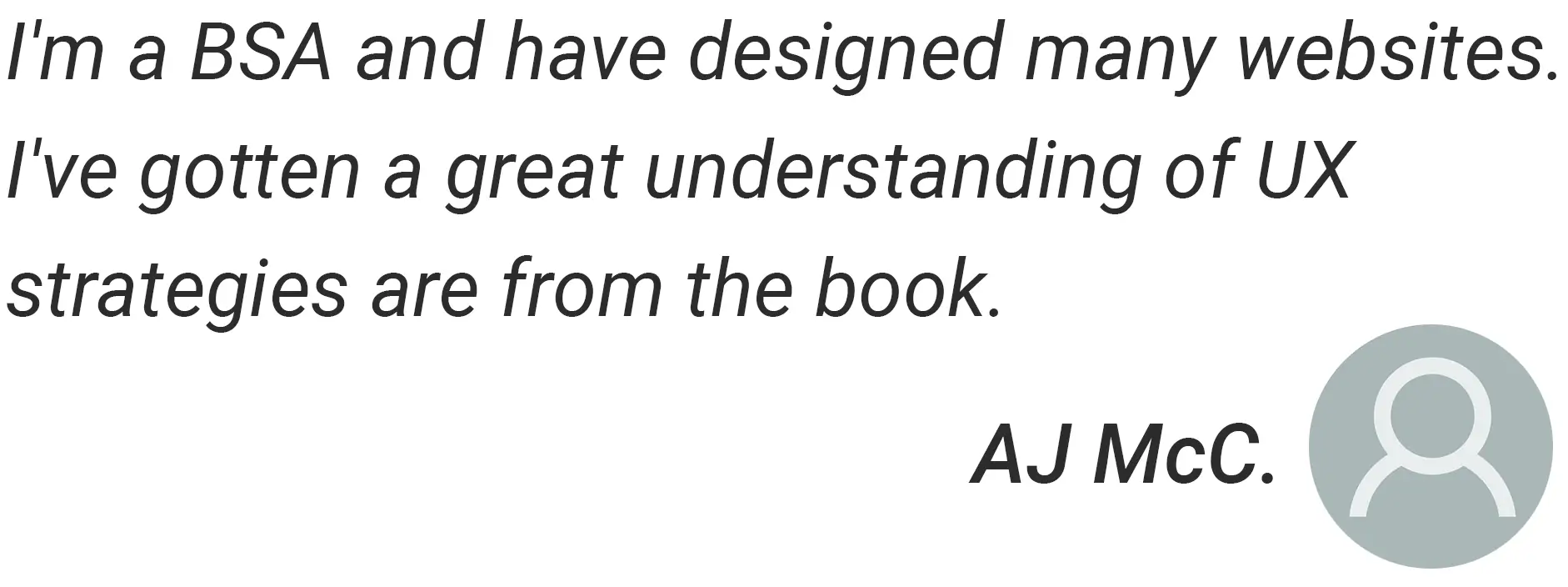
13. Articulating Design Decisions: Communicate with Stakeholders, Keep Your Sanity, and Deliver the Best User Experience
Author: Top Greever
Rating: 4.7
Number of ratings: 460+
Summary of the book:
The book takes readers on a journey from the fundamentals of UX (User Experience) to becoming an expert in the field. It combines three essential guides into one, providing a holistic approach to understanding and implementing effective UX strategies. The first section explains the core principles and concepts behind it.
The second section explores more advanced topics such as interaction design, visual design, and prototyping. The final section focuses on mastering UX strategy. It guides readers through the process of creating a UX strategy that aligns with business goals and user needs.
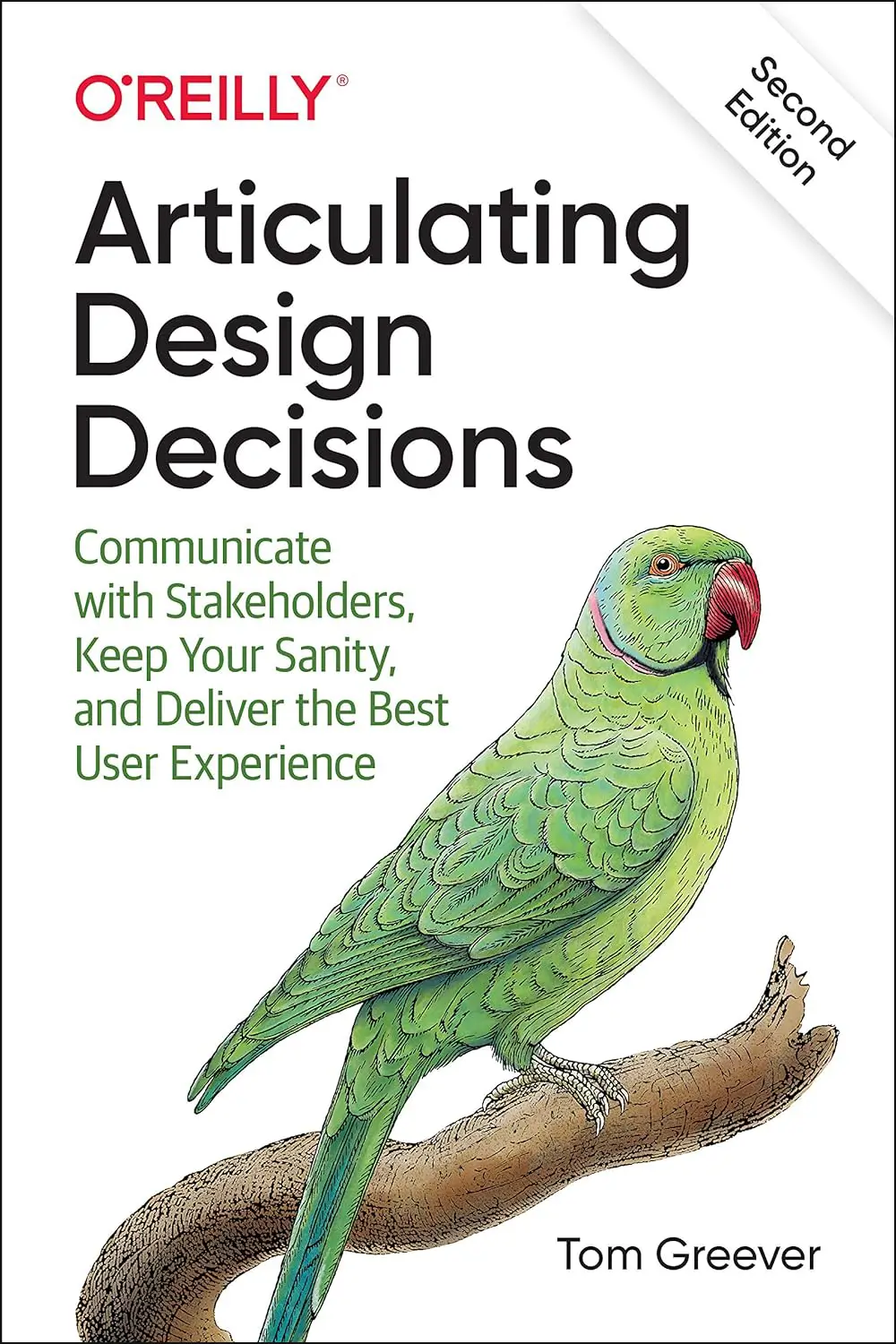
Things you’ll learn from the book:
- The process of preparing and presenting designs
- Grow both implicit and explicit listening skills
- How to empathize with stakeholders
- Strategies for effective response to feedback
- Create the right documentation to avoid repeated conversations
Review from a reader:
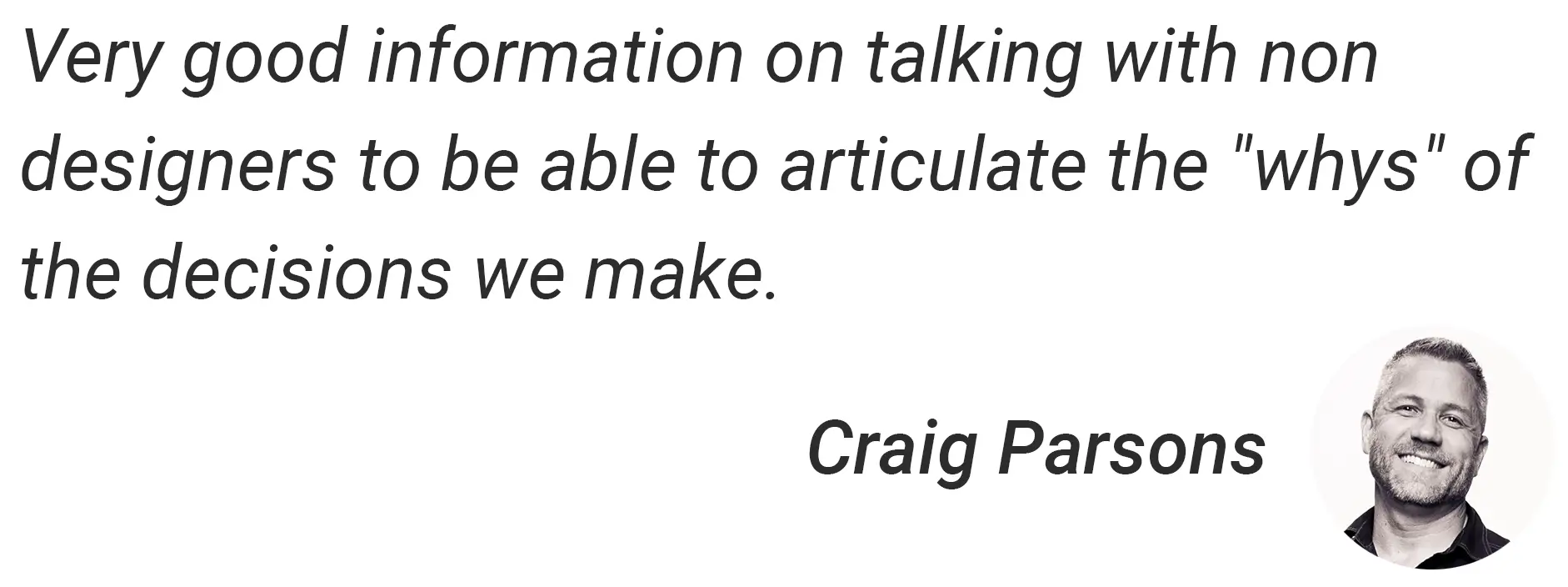
14. Lean UX: Designing Great Products with Agile Teams

Author: Jeff Gothelf and Josh Seiden
Rating: 4.6
Number of ratings: 160+
Summary of the book:
The book starts by introducing the concept of Lean UX, which focuses on reducing waste and delivering value to customers as quickly as possible. It emphasizes the importance of collaboration between designers, developers, and stakeholders, and the need to iterate and improve the product based on user feedback continuously.
Gothelf and Seiden explain how traditional waterfall methods of product development can be slow and inefficient, leading to wasted time and resources. They advocate for a more agile approach, where cross-functional teams work together in short cycles to test and validate their ideas quickly.
Things you’ll learn from the book:
- Use Lean UX Canvas to ease the process with teams
- Start projects with customer-centric success criteria
- Incorporate design work in every sprint
- Integrate product discovery into your team’s ‘velocity’
- Understand the role of a designer in an agile team
Review from a reader:
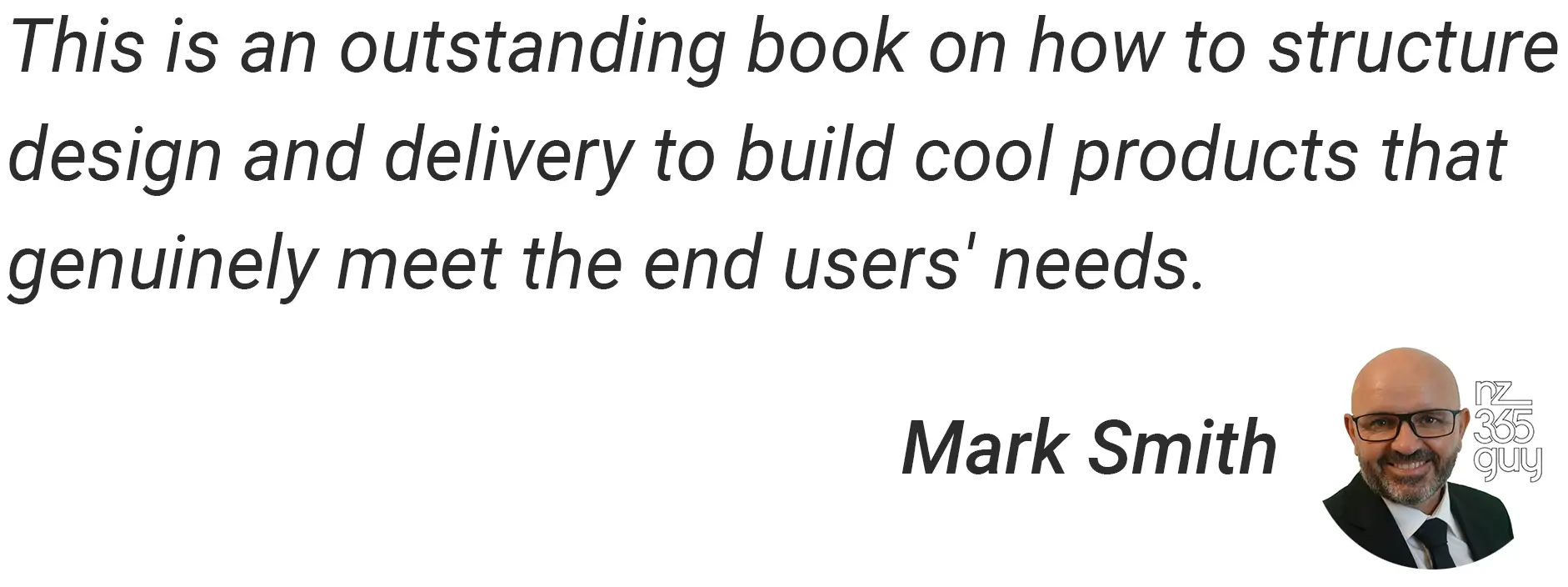
15. Sprint: How to Solve Big Problems and Test New Ideas in Just Five Days
Author: Jake Knapp, John Zeratsky, and Braden Kowitz
Rating: 4.7
Number of ratings: 460+
Summary of the book:
This book outlines a practical and structured approach to solving complex problems and testing new ideas through a five-day sprint process. It begins by highlighting the challenges faced by teams when trying to innovate and come up with effective solutions.
It introduces the concept of a sprint, a focused and time-bound process that allows teams to prototype and test ideas rapidly. The authors emphasize the importance of setting a clear goal for the sprint, which helps guide the team’s efforts and ensures everyone is aligned.
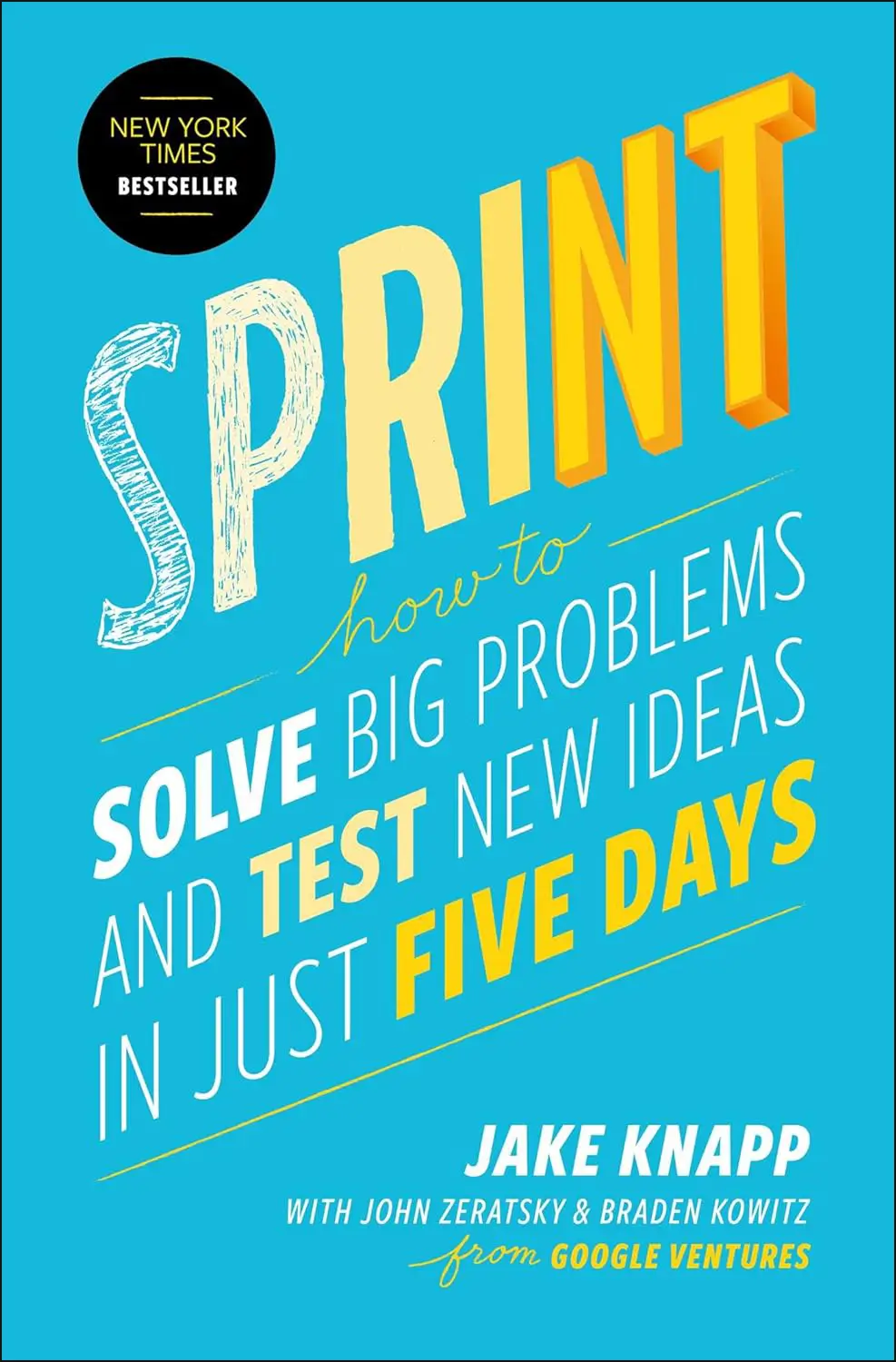
Things you’ll learn from the book:
- The process and structure of a five-day sprint
- How to set clear goals and define problem statements
- Approaches for testing prototypes with real users
- Gather feedback and iterate based on user insights
- Create low-fidelity prototypes quickly and effectively
Review from a reader:
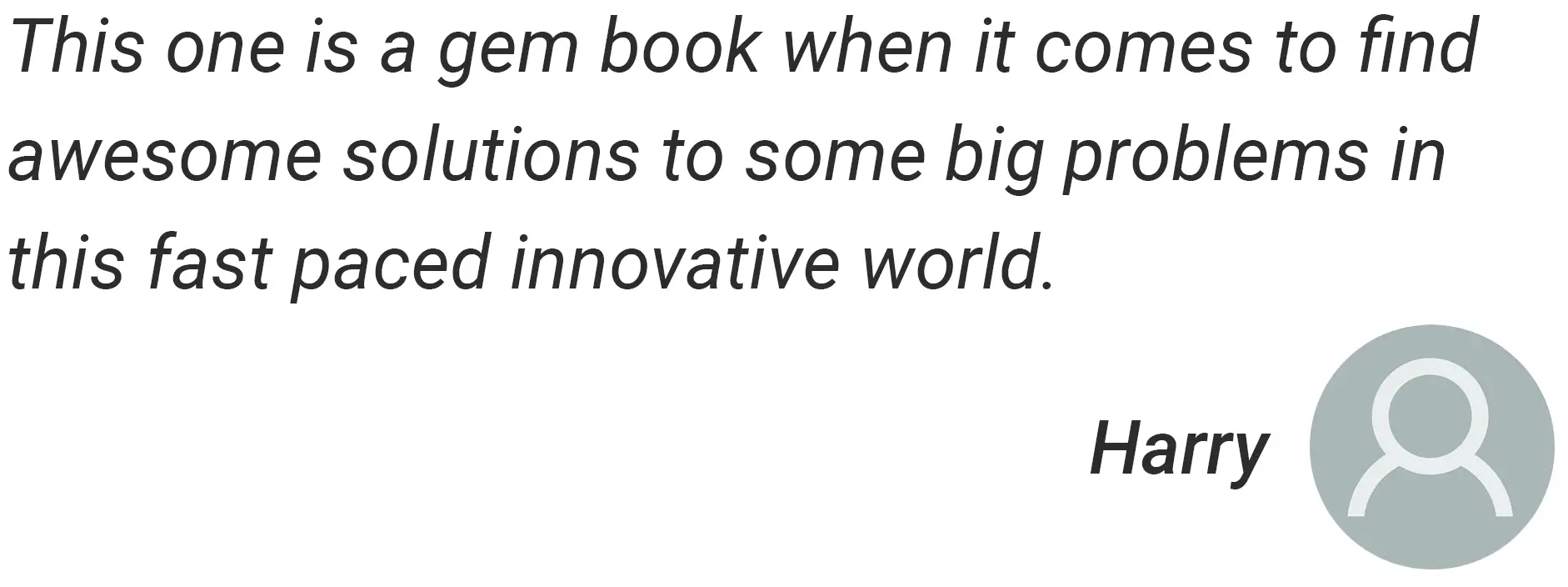
16. Think Out of The Box: Generate Ideas on Demand, Improve Problem Solving, Make Better Decisions, and Start Thinking Your Way to the Top
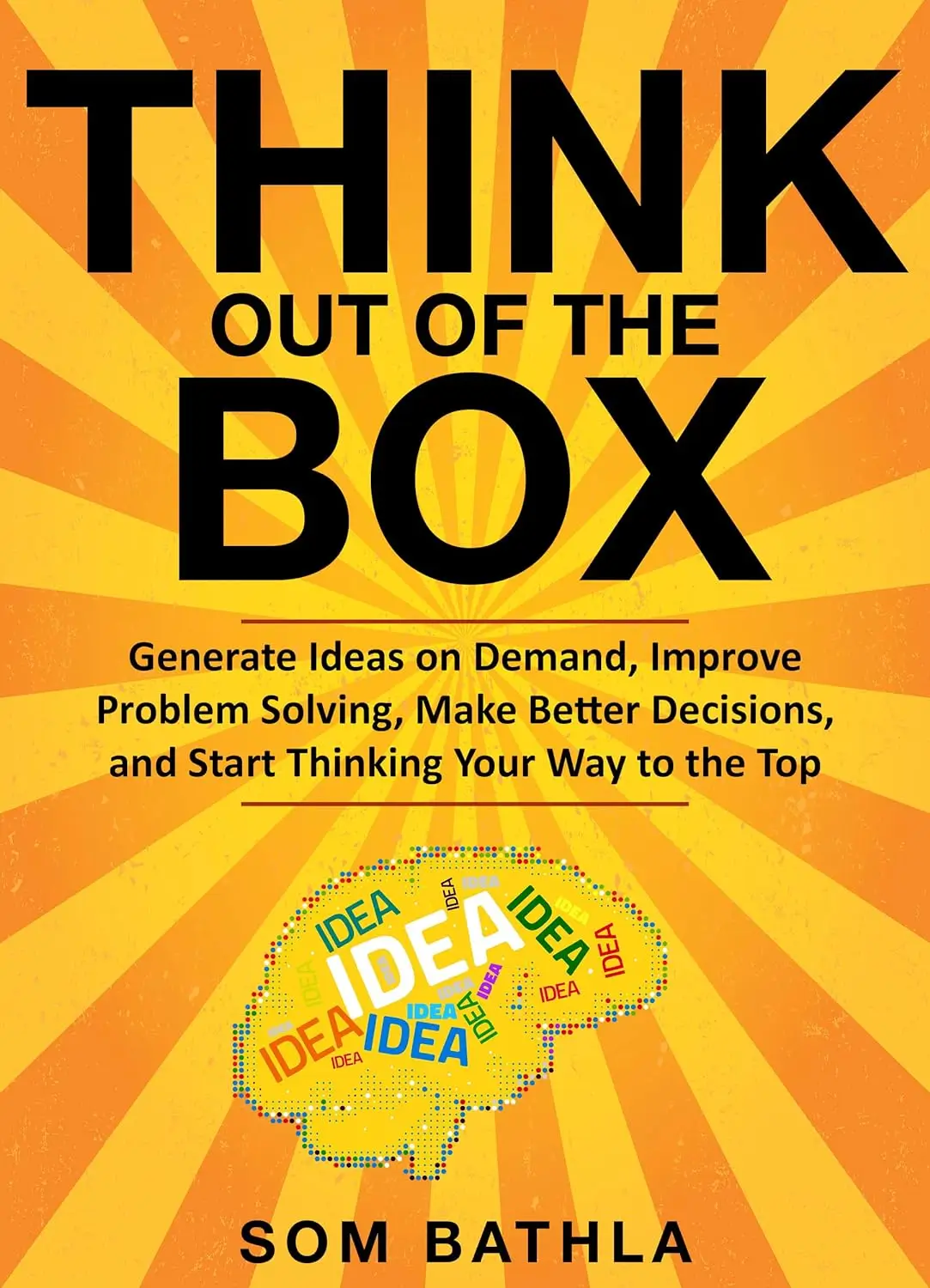
Author: Som Bathla
Rating: 4.3
Number of ratings: 220+
Summary of the book:
The book emphasizes the importance of removing preconceptions and biases when approaching problem-solving. It provides techniques and strategies to invite creativity, filter information overwhelm, and solve complex challenges effortlessly.
The author draws on insights from human psychology and behavior to guide readers in thinking smarter and achieving professional success. The book encourages readers to challenge traditional norms, question assumptions, and reframe problems with a broader understanding.
Things you’ll learn from the book:
- How the right and left brains work together
- Be a creative thinker by strengthening creativity
- Learn how offerings trigger challenges
- Understand how the brain makes decisions by logic
- Practical examples from the lives of great men
Review from a reader:
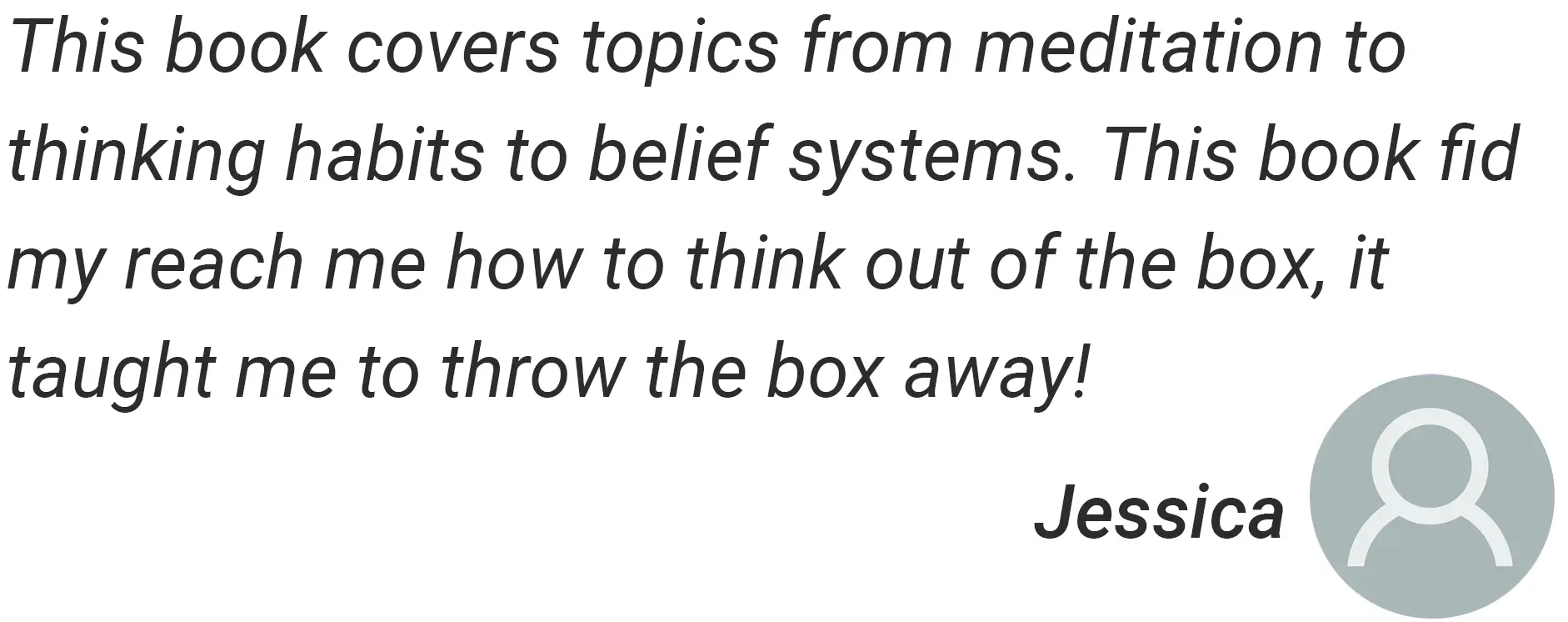
Conclusion: Which One Will You Choose?
Books are an invaluable investment for anyone looking to excel in their career. They offer a wealth of knowledge, insights, and techniques that can shape your professional future. By taking insights from industry experts, you can grow a deeper understanding of the process in your psychology.
The same goes for the design industry as well. Designing books not only enhances your technical skills but also fosters your creativity and critical thinking abilities. We tried our best to enlist all the top design-related books in this article. It’s now your turn to choose the one you like and start reading.
If this article reaches the slightest benefit to you, we will consider ourselves blessed. Don’t forget to let us know which you have started with. Thanks for your time. Happy reading.
